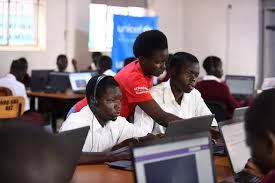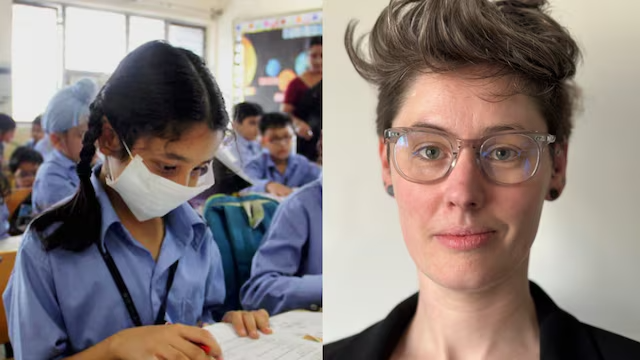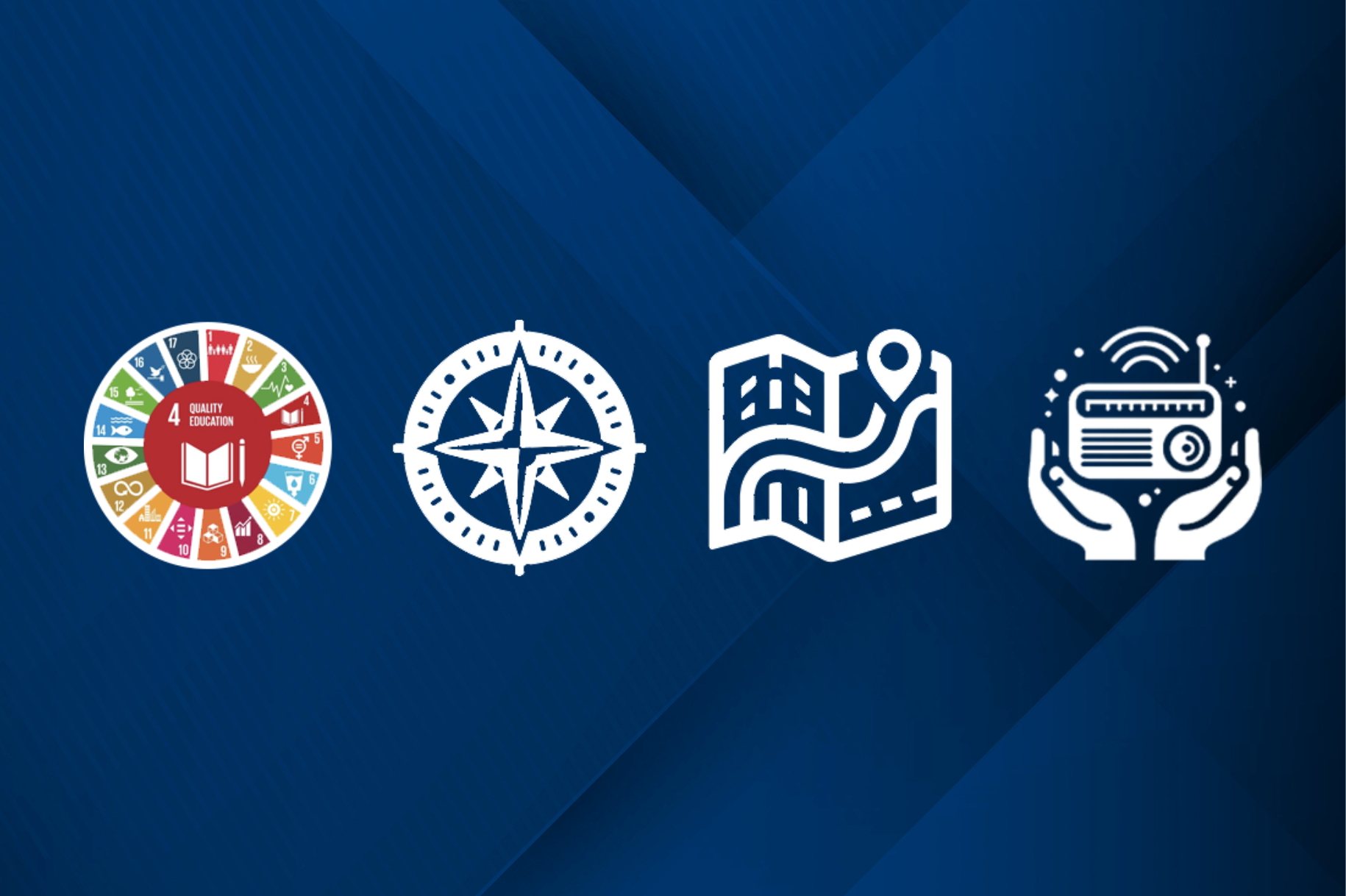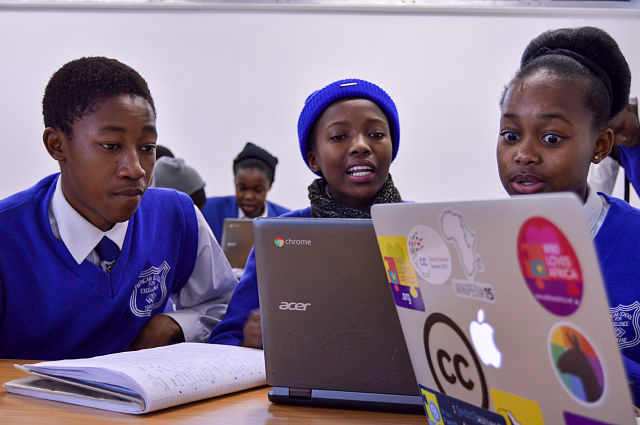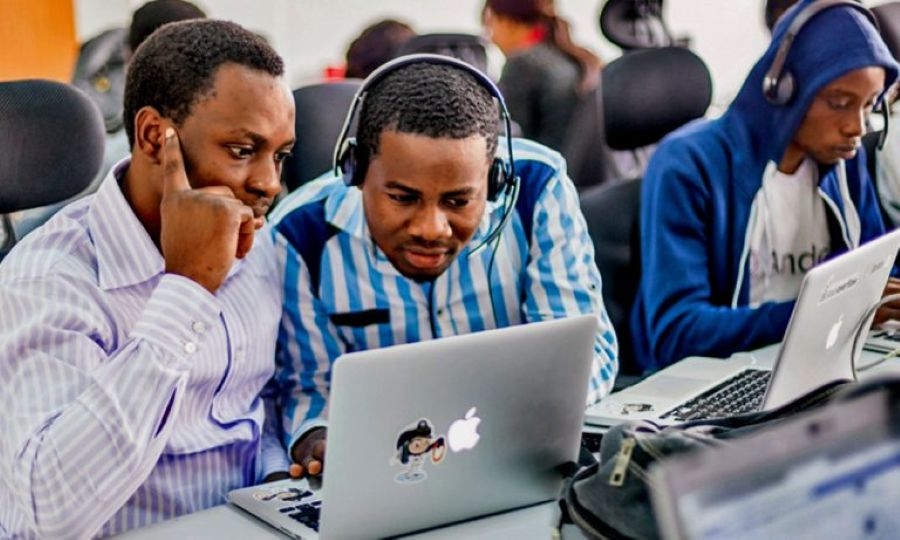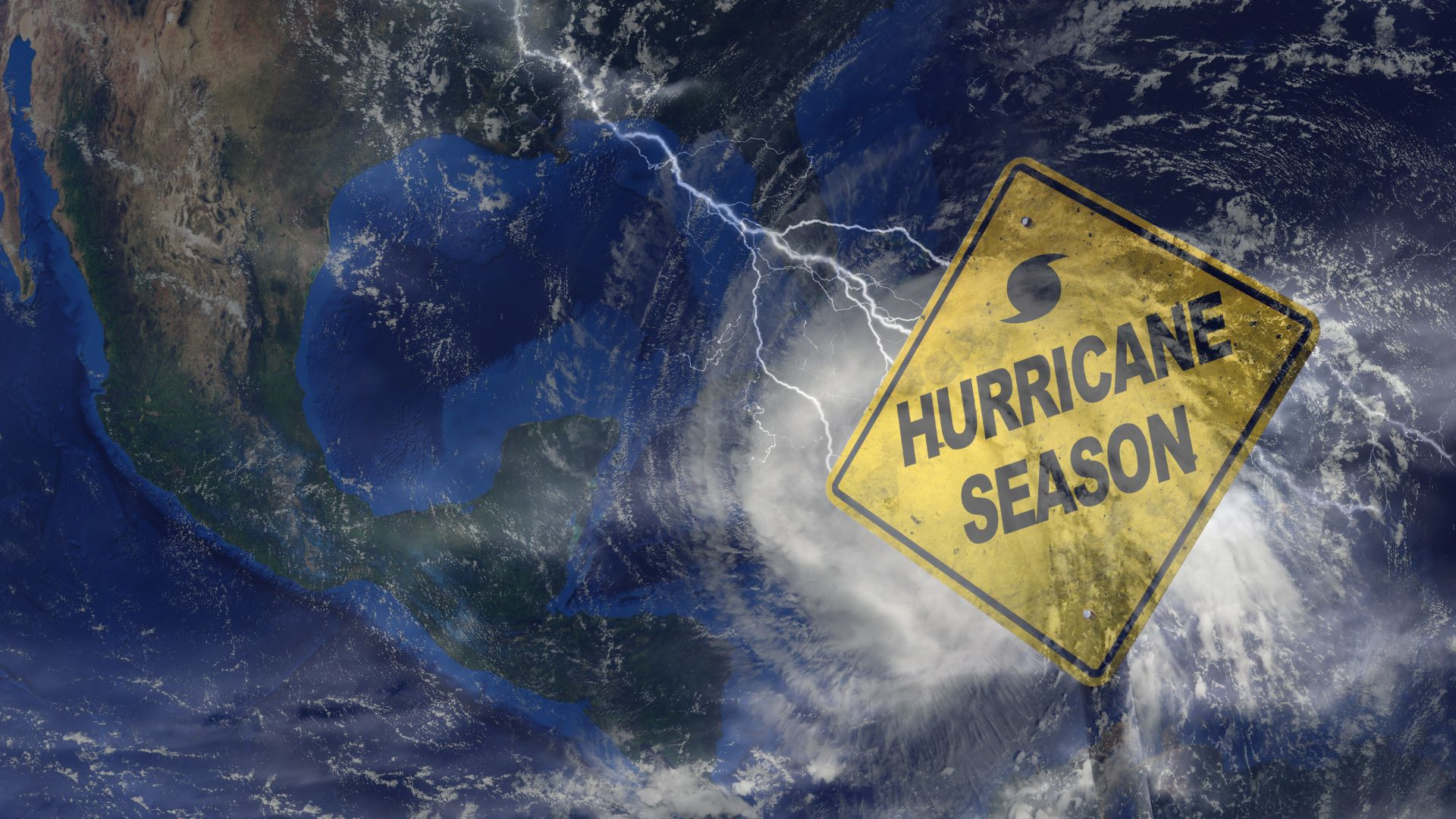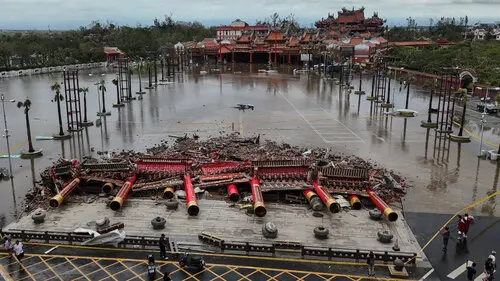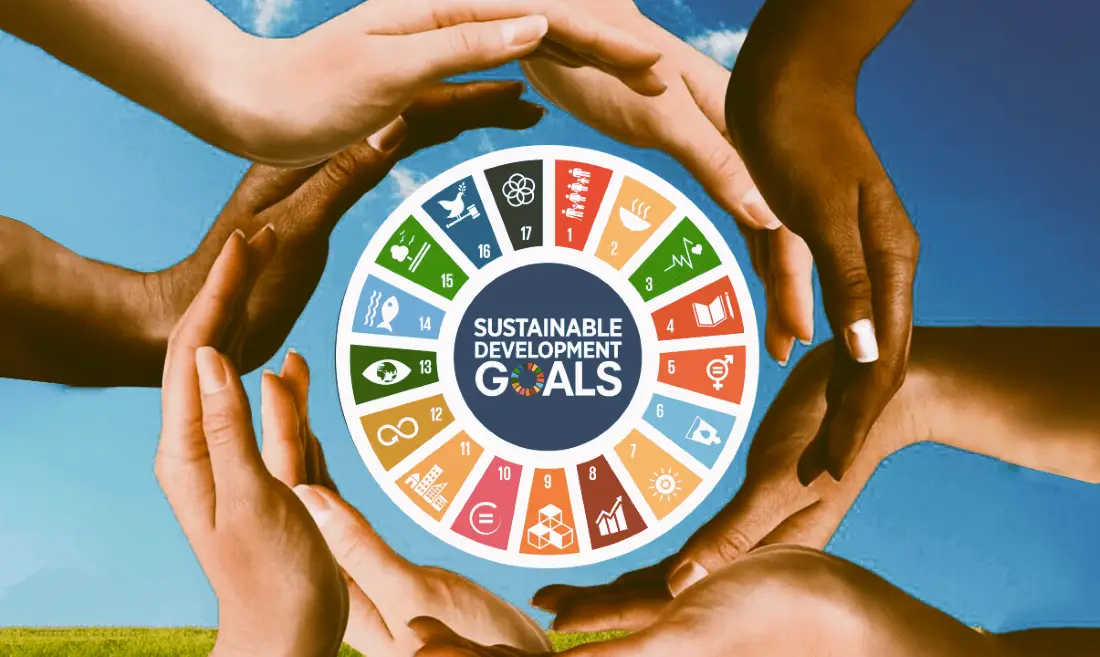
India Misses SDG 4 Targets A Wake Up Call for the Education System
As the 2030 deadline for achieving the United Nations Sustainable Development Goals (SDGs) looms closer, India has officially acknowledged that it is unlikely to meet several key indicators under SDG 4 Quality Education. This admission, outlined in a report presented by the Ministry of Education in mid 2025, has sparked urgent debate among policymakers, educators, and civil society groups. SDG 4 aims to “ensure inclusive and equitable quality education and promote lifelong learning opportunities for all,” a vision that India embraced with great ambition in 2015. A decade later, the results show mixed progress at best and stagnation or regression in several areas.
Among the most concerning shortcomings is India’s failure to achieve universal foundational literacy and numeracy (FLN) for children in primary school. Despite initiatives like the NIPUN Bharat Mission, launched in 2021, the latest ASER (Annual Status of Education Report) 2024 data shows that nearly 30% of children in Grade 3 still cannot read a simple sentence in their mother tongue, and over 40% struggle with basic arithmetic. This foundational gap undermines the entire educational ladder and suggests that the millions of children technically “in school” are not learning at the levels they should be. The promise of “education for all” has not translated into “learning for all.”
One major contributing factor is the enduring inequality in access and quality of education between urban and rural regions, and among different social groups. Children from Scheduled Castes (SC), Scheduled Tribes (ST), and economically weaker sections continue to face higher dropout rates, poor school infrastructure, and a shortage of qualified teachers. In remote and tribal districts, digital access remains a major barrier, further exacerbated by pandemic era learning loss that has not been fully recovered. Despite efforts to close the digital divide through schemes like PM eVIDYA and DIKSHA, the quality of engagement through these platforms has been patchy and uneven across states.
The SDG 4 agenda also emphasized gender parity in education, and while India has made notable progress in girl child enrollment at primary and secondary levels, deep rooted challenges persist in ensuring transition to higher education and reducing gendered learning gaps. The GER (Gross Enrollment Ratio) for girls in higher secondary school remains lower than that for boys in several large states. Issues such as early marriage, lack of safety, period poverty, and family responsibilities continue to push many girls out of the system after Grade 10. Additionally, gender bias in classroom practices and subject choice still limits girls’ participation in STEM and leadership roles.
Another key area where India has fallen short is in promoting lifelong learning and vocational skills, which are central to SDG 4.2 and 4.4. The integration of skill development into the school curriculum under the National Education Policy (NEP) 2020 was a promising step, but implementation has been slow and fragmented. Most vocational programs in schools remain outdated or under resourced, and the skilling ecosystem outside formal education still lacks coherence and scale. This has a direct impact on youth employability, particularly in rural and semi urban areas, where many young people finish schooling without acquiring practical, job ready competencies.
Teacher training and systemic reforms are other critical bottlenecks. India has not yet achieved the goal of ensuring that all learners are taught by qualified, trained, and motivated teachers. Teacher vacancies remain high in government schools, particularly in disadvantaged regions. The quality of pre service and in service training varies widely, and while digital tools have expanded reach, they haven’t necessarily deepened impact. The NEP 2020 envisioned continuous professional development (CPD) for teachers and robust school leadership models, but the institutional mechanisms to support these ambitions are still being built. As a result, classroom practices often remain outdated and exam centric, rather than inclusive and learner focused.
The missed SDG 4 targets should be viewed not merely as a policy failure, but as a call to radically rethink how India approaches education in the coming years. Experts argue that the focus must now shift from input based metrics (like enrollment and infrastructure) to outcome based learning, teacher empowerment, and systemic accountability. The upcoming 16th Finance Commission is being urged to allocate greater untied funds for foundational education and incentivize learning improvement, particularly in lagging districts. Civil society organizations are also calling for stronger community engagement, decentralization, and evidence based education planning.
Conclusion
India’s failure to meet SDG 4 goals is not a final verdict, but a timely warning. Education remains one of the most powerful levers for social and economic transformation, and the country’s future from demographic dividend to digital innovation depends on how urgently and effectively it addresses the current crisis in learning. With just five years left before the global SDG deadline, the window for bold, corrective action is narrowing. India now stands at a crossroads it can either treat education as a political talking point or as a national emergency worthy of the highest priority. The choice will shape generations to come.
Related Post
Popular News
Subscribe To Our Newsletter
No spam, notifications only about new products, updates.

